From October 2024, the Institute of Agricultural Environment and the Global Wetlands Center - University of Copenhagen (Denmark) will implement the project "Establishing field measurement methods for modeling, calculating and forecasting greenhouse gas emissions in rice cultivation in Vietnam" in Phu Luong commune, Dong Hung district, Thai Binh province.
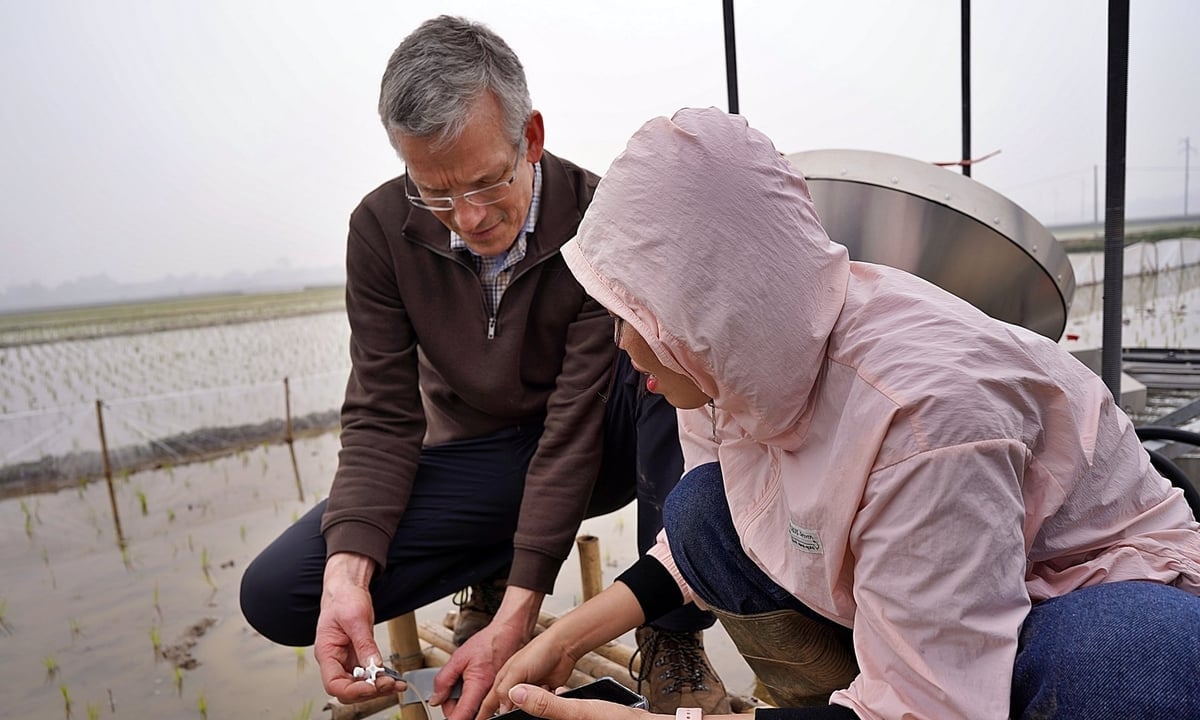
Professor Bo Elberling (left) of the Global Wetlands Center checks the performance of emission measuring devices in the field. Photo: Bao Thang.
Over a two-year period, the project aims to measure and analyze the exchange of greenhouse gases including CO₂, CH₄ and N₂O between the land surface and the atmosphere, thereby assessing the impact of farming activities on the environment.
The research team measured both rice crops (spring and summer crops) and winter crops (fallen land). This allowed for an estimate of the total greenhouse gas emissions each year. This provided a comprehensive assessment of the level of greenhouse gas emissions in each crop as well as in all stages of the cultivation process.
In Vietnam, there have been a number of studies measuring greenhouse gas emissions from rice cultivation. However, most of them were done manually, or only during certain stages of cultivation, such as when draining water from the fields.
The Agri-Environmental Institute and the Global Wetlands Center project is different in that all measurements are automatically taken in real time. At any time, users have access to the data and know exactly how much each greenhouse gas is emitted.
This automated system consists of two main parts. The first is a container containing a gas analysis device. The task of this container is to collect, analyze and store greenhouse gas data from automated measuring chambers located on the field surface.
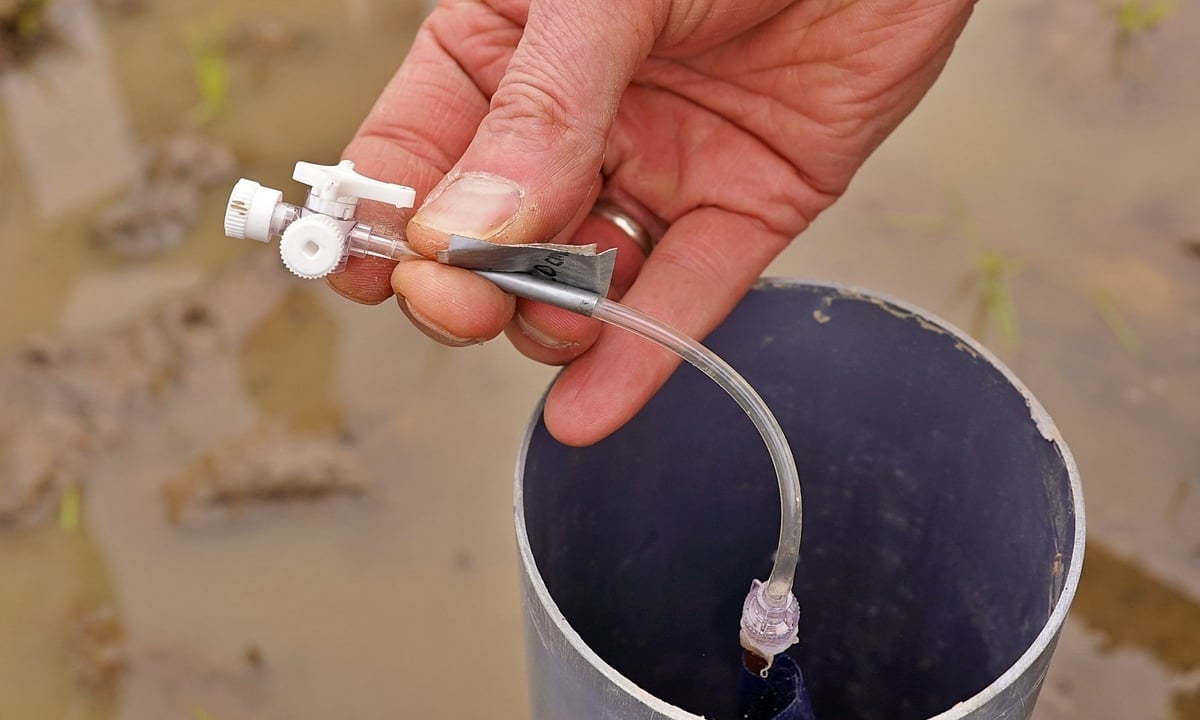
A sensor measuring emissions. Photo: Bao Thang.
A few dozen meters from the container are 6 automatic gas measuring chambers (chambers) placed on the rice field and divided into 2 rows. One row measures gas emissions from the bare land (no rice in the chamber), the other row contains rice in the chamber.
At each specified measurement time (about every 15 minutes), the sampling chamber will automatically close so that the pump can suck all the gas inside and transfer it to the analyzer located in the container. The measurement of CO₂, CH₄ and N₂O concentrations is performed completely automatically.
Once the sampling is complete, the chamber opens automatically and the sampling moves to the next chamber in line.
To help analyze greenhouse gas fluctuations during the research, a meteorological station was installed in the experimental field. The task of this station is to measure temperature, humidity, wind speed, etc. to analyze and provide a comprehensive view of greenhouse gases as well as changes (if any) during the project implementation period.
All data from measurements will be recorded and stored on a datalogger, ensuring continuous monitoring and analysis.
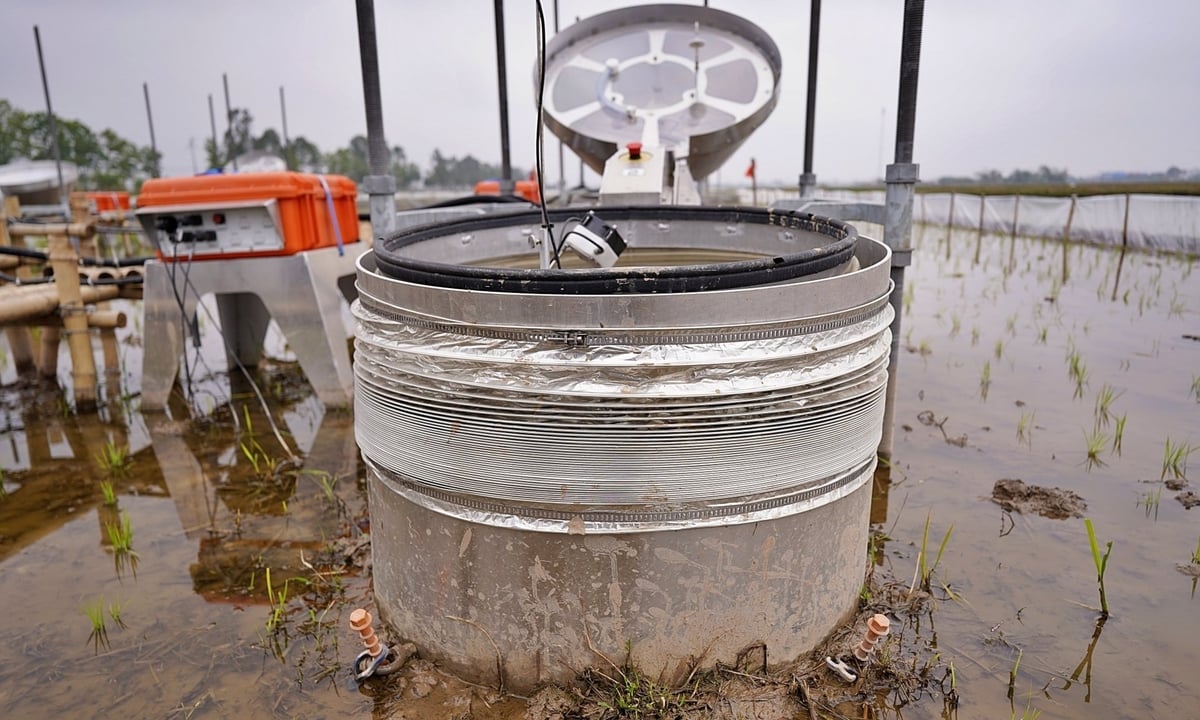
A chamber with its lid open. It will automatically close in about 15 minutes according to a set schedule to determine the amount of gas emitted from the soil. Photo: Bao Thang.
Professor Bo Elberling (Global Wetlands Center) said that the results of the project will help develop specific guidelines for farmers to optimize crop yield, quality, irrigation water and fertilizer, while maintaining and improving soil organic matter and reducing greenhouse gas emissions.
Although they cover only a small portion of the Earth’s surface, wetlands (including rice paddies) are a “hot spot” for absorbing and releasing greenhouse gases. Over the past few hundred years, wetlands have been shrinking or being converted to agricultural land, releasing some of the carbon stored in these soils as CO₂. Re-flooding these areas may reduce CO₂ emissions, but it could also increase CH₄ and N₂O emissions.
The Global Wetlands Center intends to design new approaches to model and predict the greenhouse gas emissions potential of wetlands (including rice fields) to advance humanity's goal of carbon neutrality.
According to Associate Professor Dr. Mai Van Trinh, Director of the Institute of Agricultural Environment, greenhouse gas emissions from agricultural production have become a global issue. Particularly in an agricultural country like Vietnam, agricultural production is both heavily affected by climate change and directly causes climate change because it contributes to CH₄ emissions.
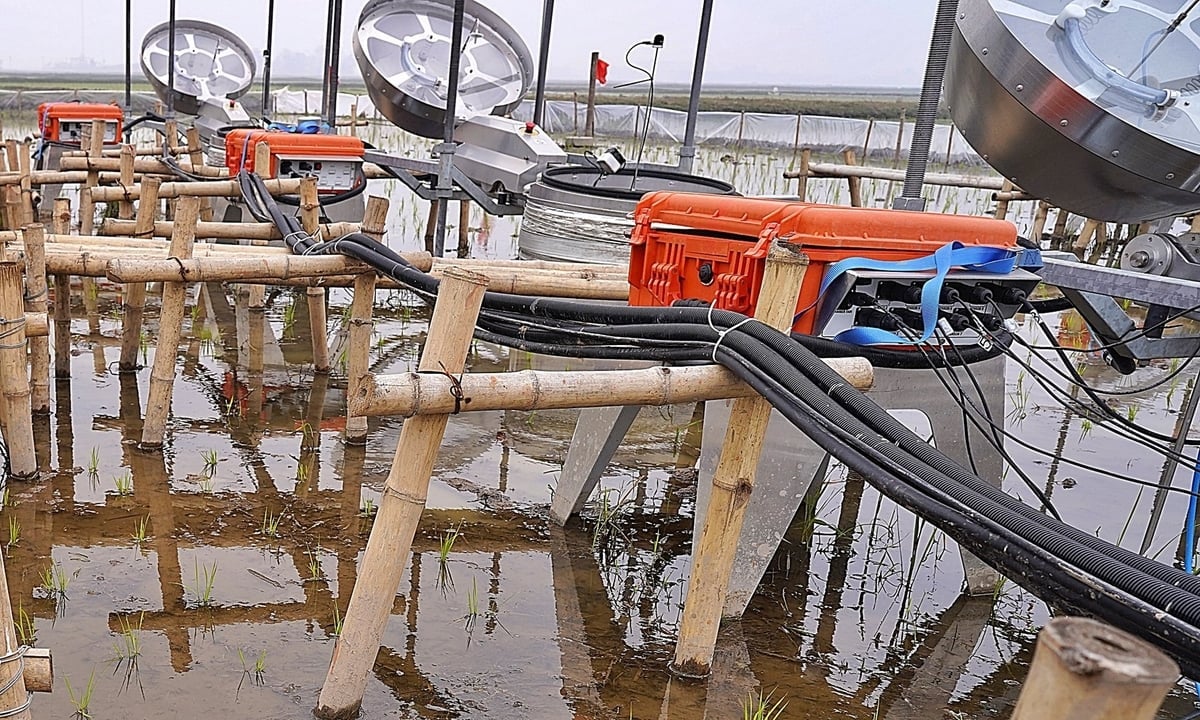
The project's measuring system will record results over two years, providing advice on more accurate calculations of emissions from rice cultivation. Photo: Bao Thang.
Rice production accounts for about half of agricultural greenhouse gas emissions. Therefore, any technology that can measure CH₄ emissions from rice has the potential to identify ways to reduce emissions. This is because the three greenhouse gases emitted from agriculture – CO₂, CH₄, and N₂O – are products of the biogeochemical cycling of carbon and nitrogen in ecosystems.
To date, Vietnam has conducted six national greenhouse gas inventories in 1994, 2000, 2010, 2013, 2014, 2016, 2018 and 2020. Most greenhouse gas inventory calculations use IPCC Tier 1 emission factors without using country-specific factors (Tier 2 and above).
Director Mai Van Trinh acknowledged that accurately quantifying greenhouse gas emissions from rice and other crops remains a challenge due to changes in climate, soil, crops and farming methods. The project in cooperation with the Global Wetlands Center therefore opens up many opportunities for Vietnam's agriculture.
Source: https://nongnghiep.vn/cong-nghe-tu-dong-do-khi-nha-kinh-phat-thai-tren-ruong-lua-d745694.html


![[Photo] President Luong Cuong attends the inauguration of the international container port in Hai Phong](https://vphoto.vietnam.vn/thumb/1200x675/vietnam/resource/IMAGE/2025/5/13/9544c01a03e241fdadb6f9708e1c0b65)
![[Photo] President Luong Cuong awarded the title "Heroic City" to Hai Phong city](https://vphoto.vietnam.vn/thumb/1200x675/vietnam/resource/IMAGE/2025/5/13/d1921aa358994c0f97435a490b3d5065)
![[Photo] Many people in Hanoi welcome Buddha's relics to Quan Su Pagoda](https://vphoto.vietnam.vn/thumb/1200x675/vietnam/resource/IMAGE/2025/5/13/3e93a7303e1d4d98b6a65e64be57e870)

![[Photo] Prime Minister Pham Minh Chinh receives Ambassador of the French Republic to Vietnam Olivier Brochet](https://vphoto.vietnam.vn/thumb/1200x675/vietnam/resource/IMAGE/2025/5/13/f5441496fa4a456abf47c8c747d2fe92)

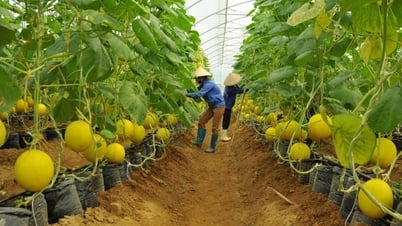
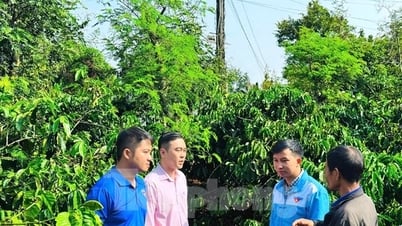
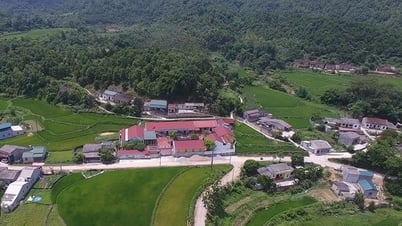
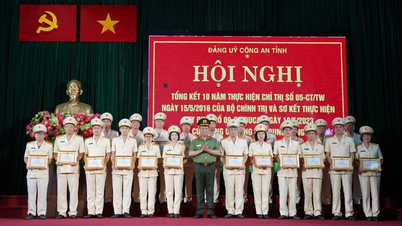
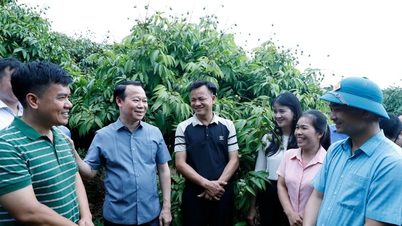
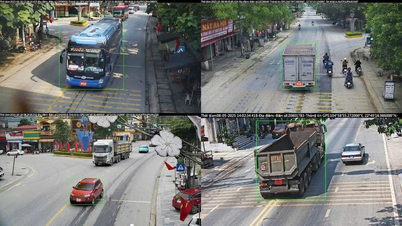







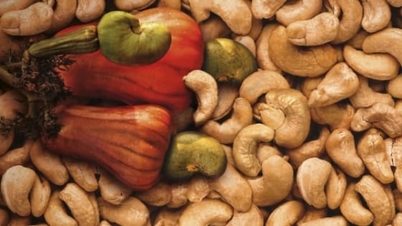
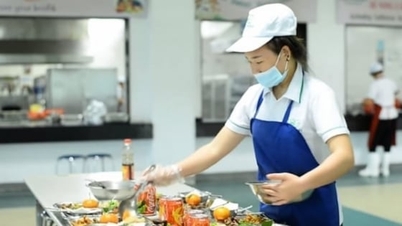
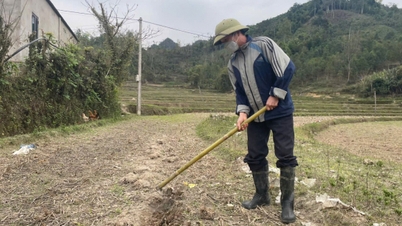








































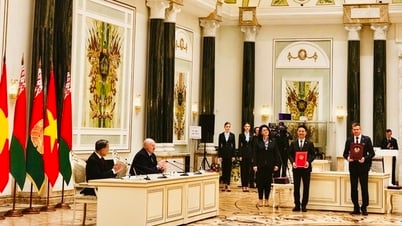








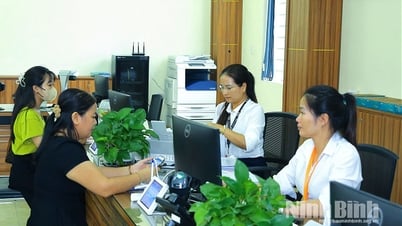





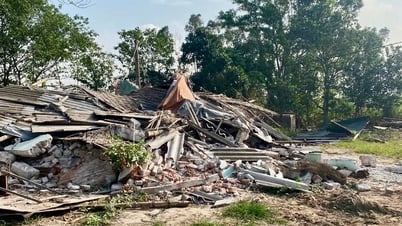

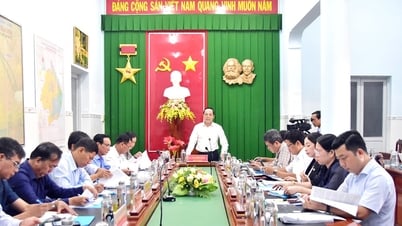













Comment (0)